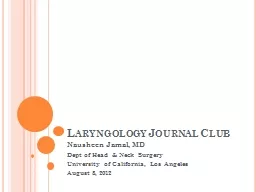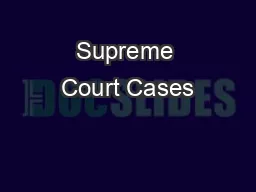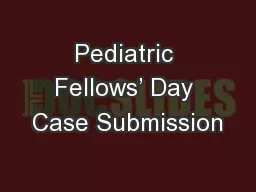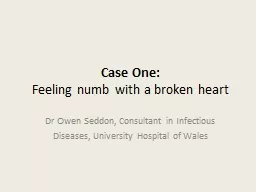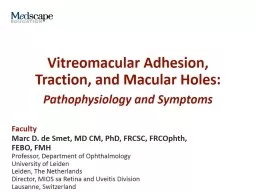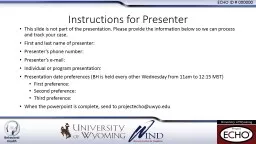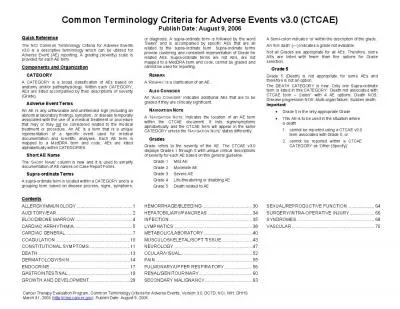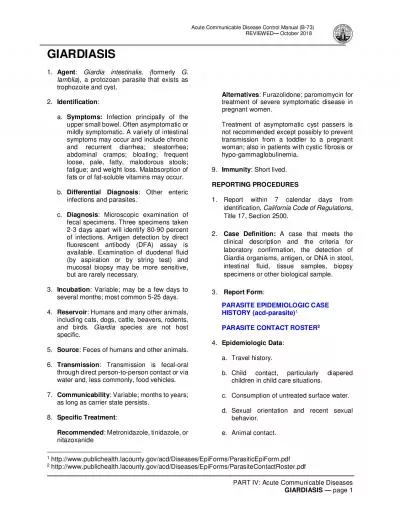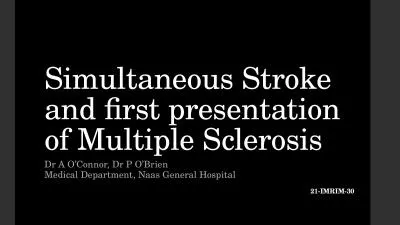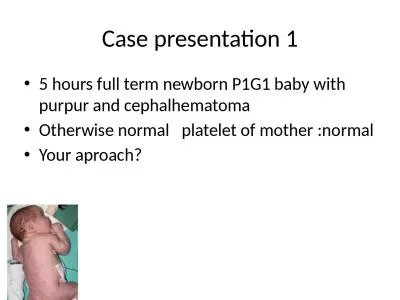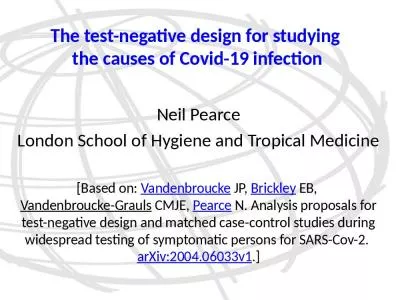PPT-Case Presentation: Symptomatic
Author : phoebe-click | Published Date : 2020-04-03
B radycardia Andrew J Seier MD PGY1 HPI 69 yearold female Presents with 1 week history of generalized weakness fatigue dizziness on exertion Denies shortness of
Presentation Embed Code
Download Presentation
Download Presentation The PPT/PDF document " Case Presentation: Symptomatic " is the property of its rightful owner. Permission is granted to download and print the materials on this website for personal, non-commercial use only, and to display it on your personal computer provided you do not modify the materials and that you retain all copyright notices contained in the materials. By downloading content from our website, you accept the terms of this agreement.
Case Presentation: Symptomatic : Transcript
Download Rules Of Document
" Case Presentation: Symptomatic "The content belongs to its owner. You may download and print it for personal use, without modification, and keep all copyright notices. By downloading, you agree to these terms.
Related Documents


